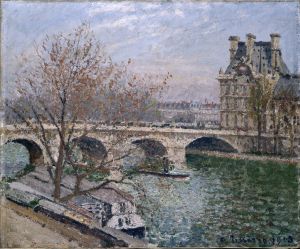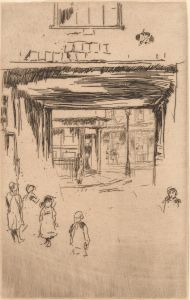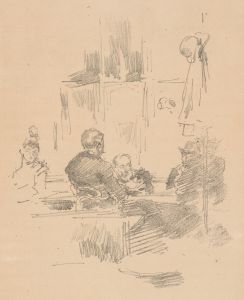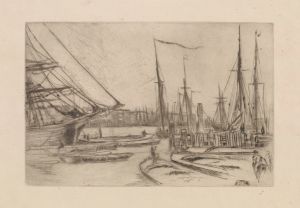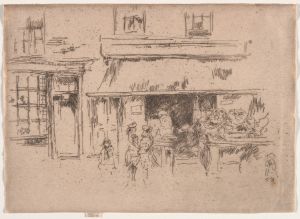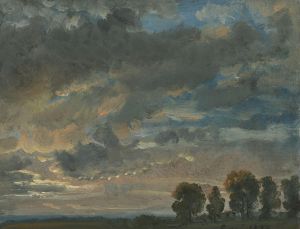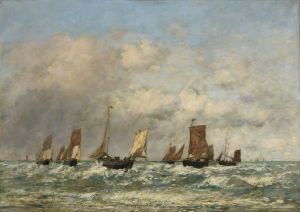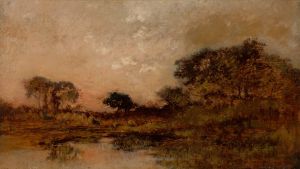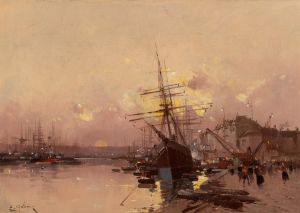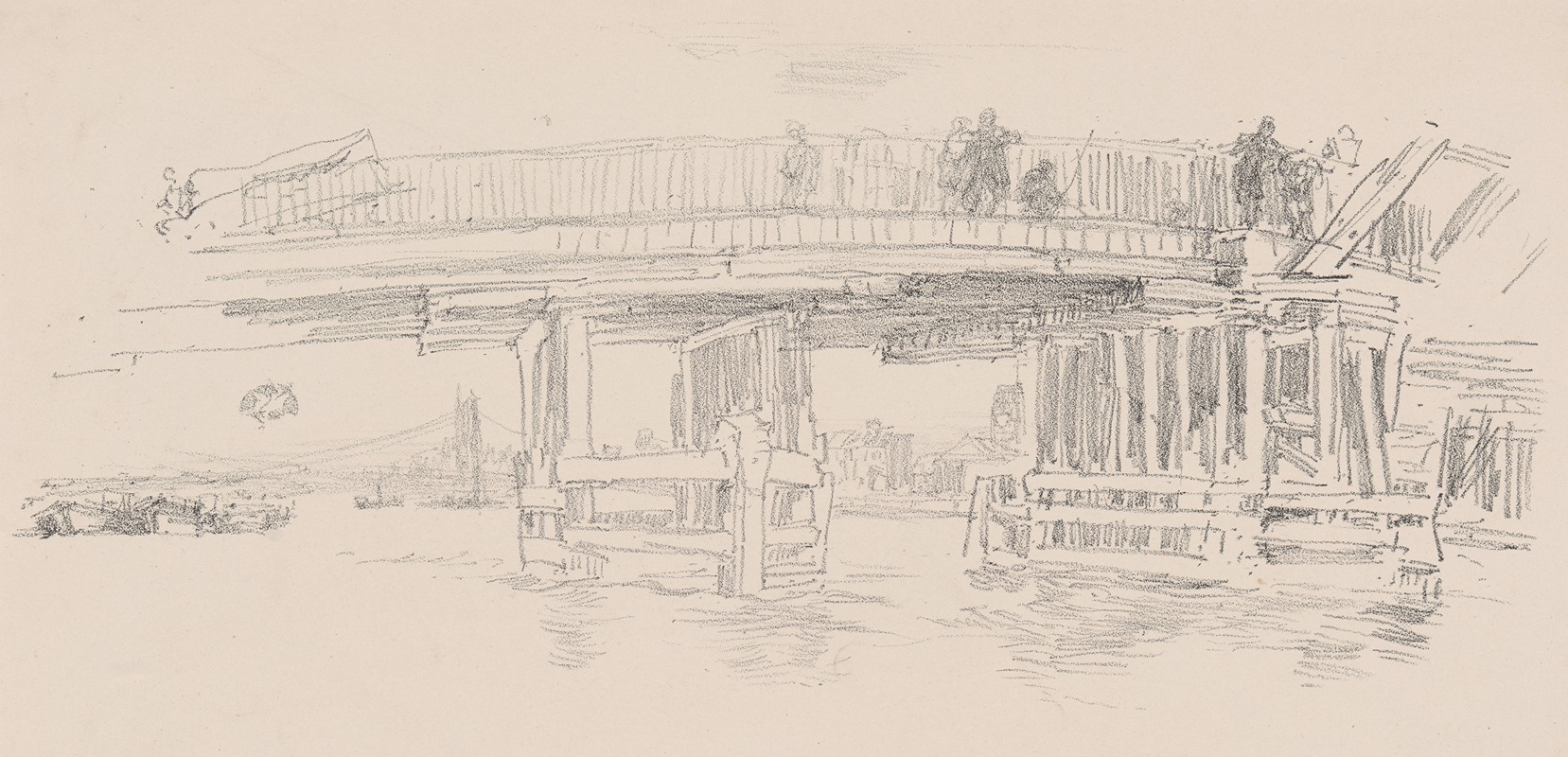
Old Battersea Bridge
A hand-painted replica of James Abbott McNeill Whistler’s masterpiece Old Battersea Bridge, meticulously crafted by professional artists to capture the true essence of the original. Each piece is created with museum-quality canvas and rare mineral pigments, carefully painted by experienced artists with delicate brushstrokes and rich, layered colors to perfectly recreate the texture of the original artwork. Unlike machine-printed reproductions, this hand-painted version brings the painting to life, infused with the artist’s emotions and skill in every stroke. Whether for personal collection or home decoration, it instantly elevates the artistic atmosphere of any space.
"Old Battersea Bridge" is a painting by the American-born artist James Abbott McNeill Whistler, created in 1879. Whistler, who spent much of his career in London, is known for his innovative approach to art, often focusing on mood and atmosphere rather than detailed representation. This painting is a notable example of his work during the late 19th century and reflects his interest in the interplay of light and color.
The subject of the painting is the Battersea Bridge, an old wooden structure that spanned the River Thames in London. The bridge, built in 1771, was a well-known landmark and a popular subject for artists of the time. Whistler's depiction of the bridge captures it in a nocturnal setting, emphasizing the effects of twilight and the reflections on the water. The painting is part of Whistler's "Nocturnes" series, which are characterized by their subdued color palettes and evocative atmospheres.
In "Old Battersea Bridge," Whistler employs a limited color scheme dominated by shades of blue and green, creating a tranquil and almost dreamlike quality. The bridge itself is rendered in a somewhat abstract manner, with its structure suggested rather than explicitly detailed. This approach is typical of Whistler's style, which often prioritized mood and composition over precise realism.
The painting also includes small figures and boats on the river, adding a sense of scale and human presence to the scene. These elements are rendered with minimal detail, further contributing to the overall impressionistic effect. Whistler's technique in this work involves the use of thin layers of paint and delicate brushstrokes, which help to create the soft, hazy appearance of the scene.
"Old Battersea Bridge" is housed in the Tate Britain in London, where it is part of the museum's extensive collection of British art. The painting is considered an important example of Whistler's mature style and his contributions to the Aesthetic Movement, which emphasized beauty and visual harmony over narrative content.
Whistler's work, including "Old Battersea Bridge," had a significant influence on the development of modern art. His emphasis on tonal harmony and atmospheric effects can be seen as a precursor to later movements such as Impressionism and Symbolism. Whistler's innovative approach to composition and his rejection of traditional artistic conventions helped to pave the way for new forms of artistic expression in the late 19th and early 20th centuries.
Overall, "Old Battersea Bridge" is a testament to Whistler's skill as a painter and his ability to capture the subtle nuances of light and color. The painting remains a celebrated piece within his oeuvre and continues to be admired for its beauty and artistic significance.







